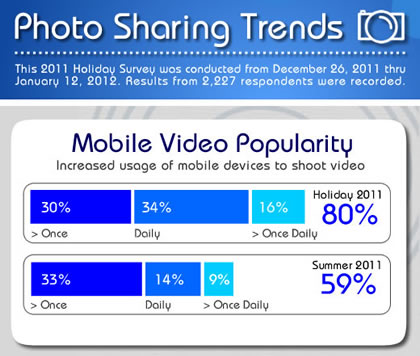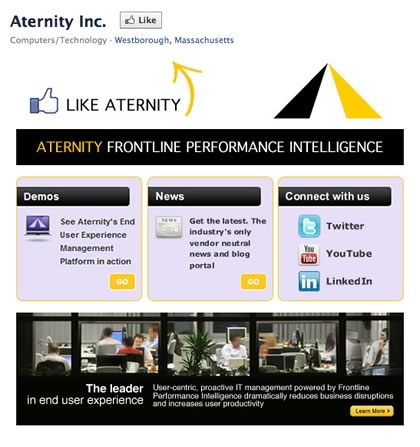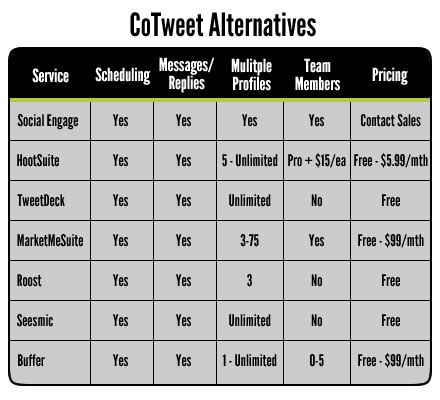This week in our “Influencers That Inspire” series, we interviewed Michael Krigsman, who provides us with some great tips on IT security as well as some insight on his personal love of photography.
Michael Krigsman is a recognized, international authority on creating IT project success and related CIO issues. One of the most respected enterprise software bloggers, he has written about 1000 posts on enterprise software, cloud, CRM, ERP and alignment between IT and lines of business. In addition, he has written thought leadership reports for analyst firm IDC on project portfolio management, CRM, social business, and cloud computing.
Michael has been quoted or mentioned over 500 times in important blogs, newspapers, television, trade publications, presentations, academic dissertations, and other media. He has also been quoted in over a dozen books.
Michael has worked with companies such as SAP, IBM, Lotus, and many others to create consulting tools, methodologies, and implementation strategies related to project and business transformation success. He has presented to Harvard, University College London, Babson College, Boston University, and Suffolk University. Michael frequently attends and speaks at industry conferences and events.
When you wake up in the morning, what do you look forward to the most?
Every day, even before getting out of bed, I try to establish a positive frame of mind. Early morning is the perfect time to set a mental compass for oneself – creating focus and balance as a foundation for the day’s activities. Joyful meditation leads to mental flexibility and concentration, which benefits all spheres of life while helping one desire to be respectful and helpful to others.
What else do you think you would be if you were not a software industry “influencer”?
My current plans involve engaging more closely with enterprise buyers and users, in addition to continuing my work with vendors and other technology industry players. In the past, I ran a successful consulting business and now, once again, plan to do more work with the folks who actually buy and use enterprise software and services.
What would you cite as the biggest cause of IT failures today?
Accomplishing successful IT projects requires deep collaboration between technologists and business folks: lines of business know the priorities and pains, while IT owns the means for execution. However, these two groups – IT and business – have different constraints and measures of success. Therefore, the single largest problem is communication and collaboration.
However, there are also distorting factors that cause problems. In many situations, we find that politics, agendas, and poor judgment contribute substantially to whatever challenges might be inherent in the IT project situation.
In addition, many IT projects are flawed from the foundation. Failure is inevitable when lines of business do not articulate clear goals and metrics for their technology-enabled initiatives; tossing a half-baked idea to IT and expecting the project to work is a fantasy.
What type of governance issues cause most project failures? Who is most susceptible (large or small enterprise?)
Governance is like change management – painful topics that everybody talks about as being good for you. At the root, governance means figuring out a consistent way to get things done and then sticking to the plan. However, things get more complicated when a project needs the support of folks across a range of departments, functions, organizations, and so on. At that point, successful governance starts to look like a communication and collaboration plan, because governance requires coordination.
Governance is one of those strings that come loose from the ball of yarn – when you pull it, the whole thing starts to unravel. Looked at the through the lens of governance, IT failures can be prevented through a strategic series of decisions and actions. Obviously, however, it’s easier said than done.
As a software industry “influencer” what type of advice do you find yourself giving over and over? What do you wish vendors and industry members knew the most, that would help with prevention?
The most important thing, by far, is establish a relationship that offers value to both sides. When the relationship is intact, there is a lot of flexibility to adapt on both sides. Without a relationship, communications to so-called influencers are just pitches.
Regarding pitches, I suggest PR folks do at least basic research about my areas of focus before calling, emailing, or sending carrier pigeons. I generally respond to thoughtful pitches where the other person makes a reasonable connection and demonstrates genuine interest and knowledge.
One last thing – calling my cell phone repeatedly, especially when I specifically asked you to stop, does neither one of us any good.
You are an active photographer and quite a few people use your pictures as Twitter avatars. What’s your background in that area? Hobby? Passion?
I love photography! The act of capturing a moment in time is a source of endless delight. People do ask to buy my photos but I do it for pleasure. This post explains my interest:
For me, photography is a highly intimate form of expression. I love photography precisely because it’s such a magnificent method to engage with one’s surroundings and communicate feelings, moods, concepts, metaphors, and sensations non-verbally through images.
One of these days I will pursue a gallery exhibition, but there’s no time for that right now.
What’s next for you in 2012?
The industry has reached a point where we can now discuss IT failure more openly; the major enterprise vendors have accepted that customers want greater success with less risk and hassle. It’s now time for the enterprise software industry to help customers realize the value of their technology-backed business initiative. For me, that means focus on innovation and the positive impact of enterprise adoption on operations.
I’m particularly interested in the transformational aspects of cloud, social, and mobile. My work in 2012 is focused on aligning an enterprise line of business goals where technology is the enabler – that means consulting to organizations, working with executive teams, and continuing to advise vendors.
Right now, we are developing cloud transformation workshops and related consulting services, to bring lessons and experience from the past into an absolutely contemporary context. It’s an exciting time!
















